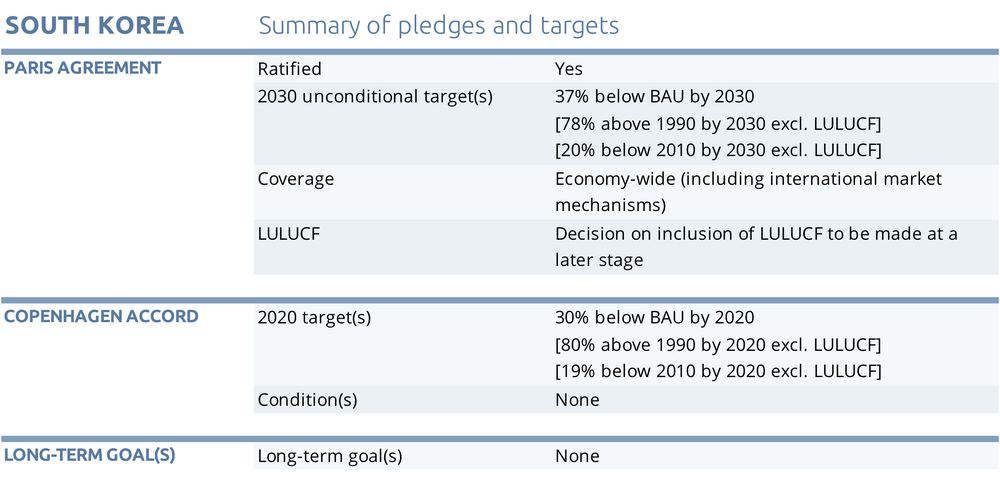The Peninsula
Economic Concerns Trump Environmental Policy

What Happened
- On April 27, senior ROK government officials met to prepare for next month’s Partnering for Green Growth and the Global Goals (P4G) summit.
- At this preparatory meeting, Foreign Minister Chung Eui-yong reiterated President Moon’s statements on the importance of implementing South Korea’s carbon goals before next month’s summit.
- Despite Moon’s pledge to reduce emissions during a U.S.-led climate summit before the P4G meeting, climate activists noted that South Korea’s contributions are “highly insufficient” to meet its fair share of the global emissions reduction goal.
Implications: Economic concerns remain a priority above climate change for the South Korean government. Although Moon made promises during the 2017 general election to foster transition to renewables, an assessment of South Korea’s energy infrastructure indicates that transitioning to green energy will be difficult without passing costs onto consumers. In addition, many corporations critical to the country’s economic growth benefit from existing fossil fuel assets. These variables may explain why the goal of reaching net-zero emissions by 2050 is not yet included in the country’s version of the Green New Deal. Consequentially, South Korea may fall behind on its Paris Agreement pledge to reduce emissions by 24.4 percent of 2017 levels by 2030.
Context: South Korea’s energy intensity remains above the OECD average, and it is one of the leaders in global CO2 pollution. The Moon administration is currently looking to reduce South Korea’s carbon footprint by promoting green energy and decreasing the use of coal and nuclear power, which account for 28 and 10 percent of the country’s energy respectively. At the same time, consumer demand for electricity is rising. The potential reduction of energy supply and increased demand for energy have elevated concerns about rising energy costs. While South Korea’s energy plan for 2034 intends to use natural gas for 31 percent of the country’s energy and renewable sources for 40 percent, it is unclear if the Korean energy providers will be able to make the increased consumption of natural gas economically viable.
This briefing comes from Korea View, a weekly newsletter published by the Korea Economic Institute. Korea View aims to cover developments that reveal trends on the Korean Peninsula but receive little attention in the United States. If you would like to sign up, please find the online form here.
Korea View was edited by Yong Kwon with the help of Melissa Cho and Alexandra Langford.
